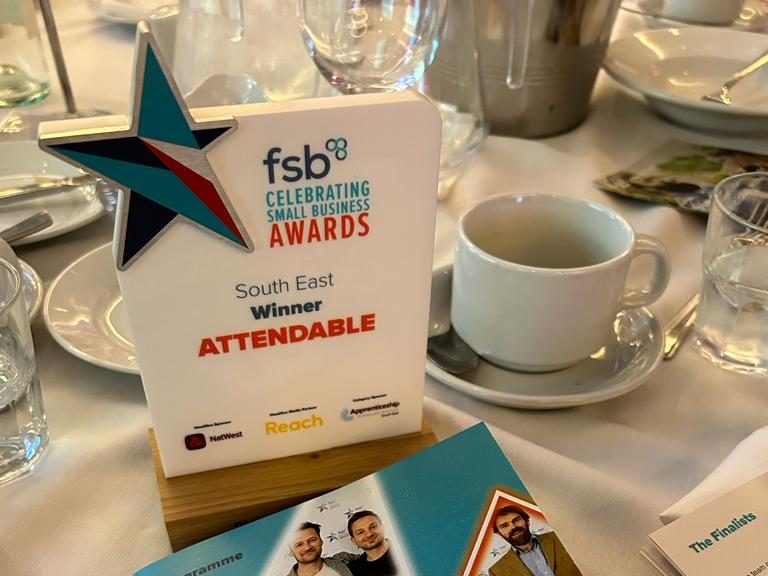Over the past couple of years, the event landscape has changed. Innovative technological solutions (and a lot of hard work) brought us an impressive virtual events calendar during pandemic restrictions. For many people, who now travel and work in a more flexible way, and for whom a return to having to attend in-person events no longer appeals, a hybrid event is the logical next step. People who wish to can still go to the event venue and meet in-person with other delegates, but for workers who are unable to attend or who now wish to utilise the flexibility that remote working provided them, there is no need to miss out on event participation.
Hybrid events combine both live in-person and virtual components, which are operated together to form one event. Technology is used to stream the in-person event online, from the main event centre and additional “hub” locations is being used. If done well they have massive potential to reach greater audience numbers and a more diverse range of audience members. There is also vast and varied sponsorship potential in this format. However, the hybrid event is still approached by many with reluctance. Common concerns are that the buzz of a live event can’t be achieved virtually or that by trying to deliver both in-person and virtual concurrently, the event may feel fragmented. Event planners can feel overwhelmed at the prospect too, perhaps assuming that a hybrid event involves planning two events in one. To help overcome these reservations, we have come up with a few top tips on how hybrid events can be smooth and successful.
- Consider your full audience and how you will keep them engaged. First and foremost, keep accessibility for all delegates top of your mind, check work-arounds for audience integration don’t cause any inclusion barriers and ensure access requirements are sought at registration and fully met. You should also take into account that for virtual attendees, there is probably a shorter optimal session length and that for both in-person and virtual audiences, plenty of breaks from screens need to be factored in.
- For many people, one of the main benefits of joining an event is the chance to meet and network with others in the industry. Using virtual break-out rooms, chat functions or live Q+A sessions, with participation from the in-person and virtual audience combined, can be great ways to bring audiences together and share ideas across the board. A moderator or host for your event may be useful if budget allows, to integrate audiences and guide speakers to focus on both audiences equally.
- Your venue choice is key for a hybrid event. Not only does it need to accommodate and impress your in-person delegates, it also needs to support the additional technological requirements of providing the event virtually. Think ahead about exactly what you need from your venue, do your research and then test what’s on offer.
- Technology, from choice of virtual event platform to the use of aps for both audiences’ participation will be key. Event management platforms are improving all of the time, so establish what your specific event and audience requirements are, do your research into what’s out there now and then test how everything works (and accessibility) as much as possible before event day.
- As always, perhaps the biggest thing you can do to ensure your event is a success is to plan carefully, have back-ups in place (from pre-recorded content to contingency technology) and practice. Many speakers will need extra time to feel comfortable in the hybrid format and by its very nature, a hybrid event does mean a lot of components need to run together smoothly. So, allow yourself maximum time to prepare.
We really hope these ideas have shown how hybrid events can be a great choice. If you would like to speak to us further about your next event, be it in-person, virtual or hybrid, then contact Attendable today.



















































